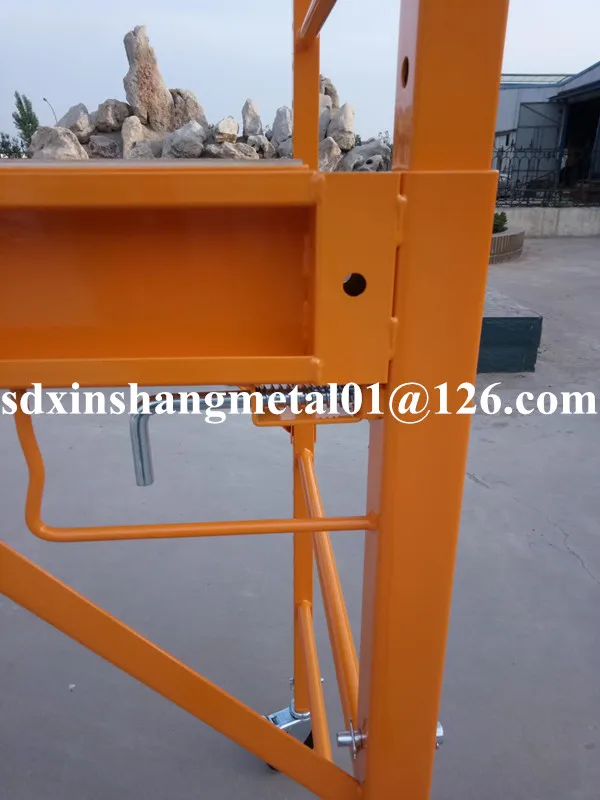

The single most powerful tool you can use and optimise in order to improve scaffold safety is the scaffold inspection.
#BAKERS SCAFFOLD HOW TO#
A few of the more obvious ones are ensuring that your workers and teams are adequately trained for working on and around scaffolding, showing people how to create and prepare a comfortable and organised space to work on scaffold, and how to spot weak or defective scaffold, bases or brackets which can damage the integrity of the entire structure. In addition to focusing your toolbox talk efforts on scaffolding safety, there are some other low hanging fruits for improving scaffolding safety.
#BAKERS SCAFFOLD PDF#
The PDF export below was pulled from Dashpivot, a digital tool for capturing, organising and tracking all site information.

Part of being able to document and action your scaffolding toolbox talks comes form having good processes and documentation. If you include a couple of action items for every discussion topic on every toolbox talk, you'll soon have a self-perpetuating safety machine which solves hazards and dramatically reduces the chances of issues getting missed or of negligence surfacing. Turning your scaffolding safety toolbox talks into actionable activities is one of the easiest ways to quickly improve scaffolding safety on your sites. You can also see that each scaffold discussion topic has some associated actions to be taken and a person responsible for those actions. These few topics probably took a good 10 minutes to cover in some detail. The scaffolding safety discussion below covered a few key areas of scaffold safety, including: We have an example PDF export below which you can look at for inspiration, and to understand how you can get the most out of documenting your toolbox talks. So now that you have a few good ideas for your scaffolding safety toolbox talks, what does a scaffolding safety toolbox talk look like in real life? The closer and more contextual you can get around how people are actually interacting with scaffold every day, the more engaged and useful your discussion will be. You can literally stand by scaffold on your site and draw attention to specific hazards, or issues - and physically show workers what you are talking about. Secondly, context is the most important engagement factor in toolbox talks - and it's what makes toolbox talks such a powerful tool for site safety. The best way to pick which topics to cover is to first prioritise any recent scaffolding hazards or incidents and cover those. You can dive a bit deeper into many of these topics by reading through our scaffolding safety tips here.Īs you can probably already see, there is a lot of scaffolding safety information to be discussed and learned. Scaffold safety equipment, and the importance of general PPE while working on and around scaffold.Keeping scaffold surfaces and platforms clear and clean.The importance of scaffolding inspections and scaffold inspection checklists like this.Some of our favourite scaffolding safety toolbox talks include: In fact, scaffolding safety is a topic which you should look to re-visit on a pretty frequent basis, especially because the state of scaffolding and its associated hazards can change and evolve dramatically over the course of a project. The brief and concise nature of toolbox talks means that you won't be able to cover every element of scaffolding safety in a single talk.


 0 kommentar(er)
0 kommentar(er)
